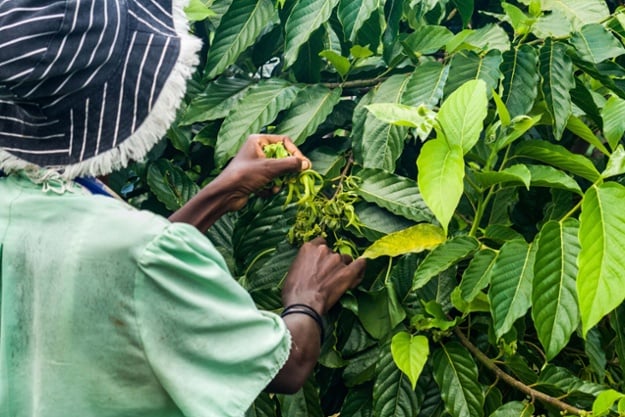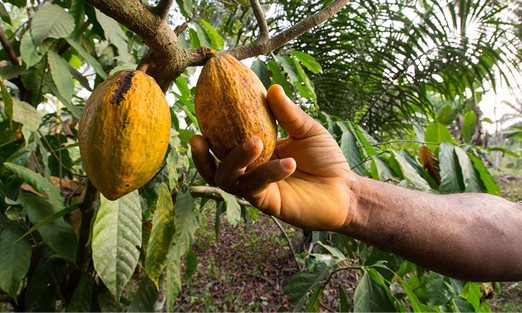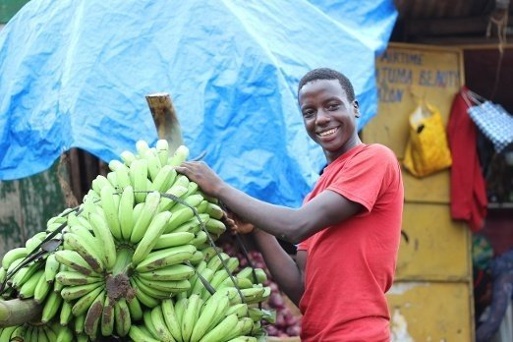Here’s how you
make a difference.
You can help support some of the world’s most vulnerable people, create a positive and permanent change while helping offset your companies carbon footprint.
Planting trees in developing countries through a process called:
Agrofarming
What is agrofarming?
Agrofarming is a sustainable agricultural process that allows communities to create long lasting eco-systems that allow them to develop the basic opportunities we often take for granted.
Specially trained technicians work in developing countries, helping communities and farmers understand forest garden design, composting, nursery development, perma-gardening and out planting techniques.
These rural communities are then supplied with the trees needed to create sustainable eco-systems. They are then provided with ongoing support to ensure they continue to develop their skills and create permanent change.

Why do we need agroforestry?
Many developing countries have seen land used for industrial farming, or the growth of plants such as rapeseed, tobacco and corn - to name just three.
This clearing of trees can have a hugely negative impact on the biodiversity of a region. It can create soil erosion, water pollution and an increase in atmospheric carbon dioxide.
Agroforestry helps reverse the problems caused by these activities and provides for those who are most vulnerable, living in rural areas throughout developing countries.
Often these communities are some of the poorest in the world. These people are missing the basic rights we all take for granted. Food for their children, income opportunities & health care.
Planting Trees in Developing Countries Helps in Many Ways.

Sustainable Food & Living
Due to the range of trees planted, communities can:
- Grow their own staple crops, vegetables fruit
- Create low hanging leaves and foraging spaces for animals
- Use surplus wood for fuel and construction.

Improved Health
- Fruit trees provide foods for families and contribute to enhancing their diet.
- Products sold on the market provide income and facilitate access to healthcare.

Repairing Ecosystems
- Much of nature has been lost to farming for things such as, livestock, rapseed, tobacco and coal.
- Land that has lost trees is more susceptible to flooding, mudslides and landslides.
- Planting trees creates and sustains biodiversity.

Facilitates Education
- Surplus of food sold drives income and enables communities to provide education for their children
- Creating higher-skilled individuals supports long term positive changes.

Creates Income
- The food that is not used can be trading for goods.
- Creates jobs in communities where there is little opportunity.
How does it help the environment?
Replenishes soil
Soil fertility can be improved through the constant process of pruning, mulching and manure, creating more fertile land.
Resilience to rainfall
Agrofarming can help provide resilience to rainfall variability, including drought and flooding. It does this by transforming dryland into a sponge that can absorb and channel rainwater into the ground during heavy rain events and release green water during months of drought.
Reduce Co2 Emissions
Trees are a natural way to reduce atmospheric carbon dioxide. Tree planting is key to reversing the impact of industrial farming and each individuals carbon footprint.

